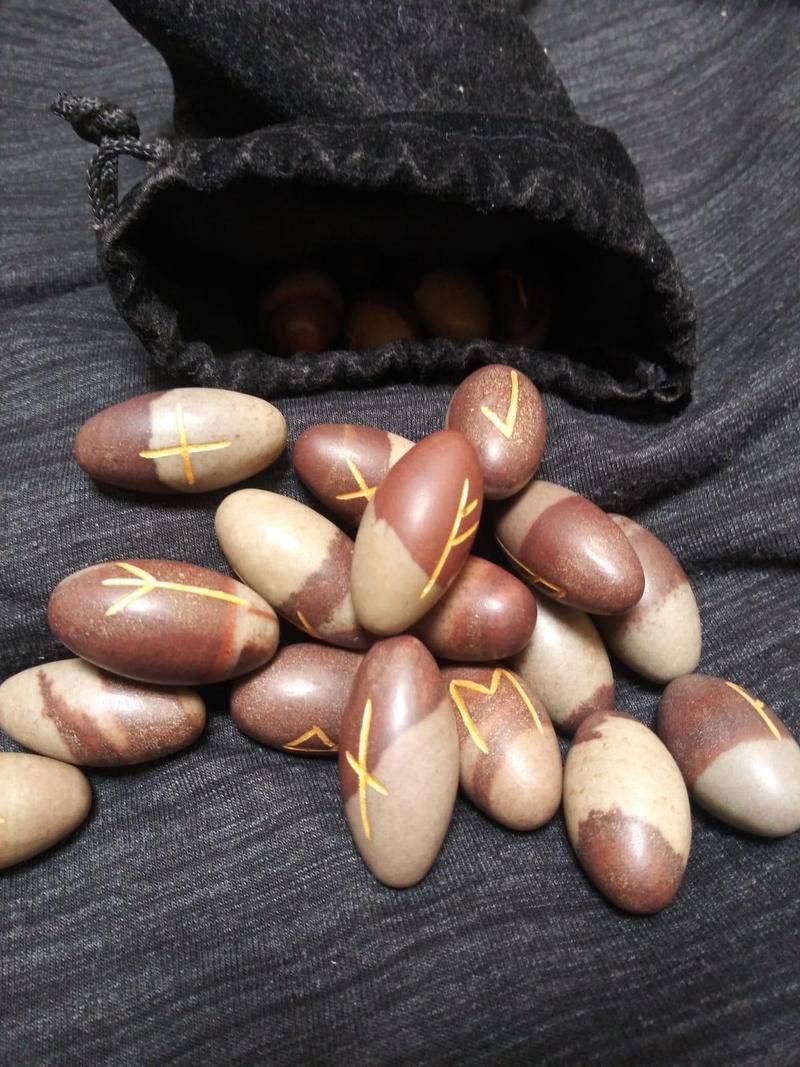Create Bindrune
Whereas my other service is a consultation and guided meditation on a given problem, the creation of a Bindrune is a means of providing my client with a constant mimetic tool for overcoming a central issue once identified. A Bindrune is a sort of talisman or sigil made of a few Runes combined in order to evoke the forms associated with each. I will design and draw up your Bindrune, and provide a written summary of its constituent parts in PDF form. It will not solve your problems on its own, but it will help give you an edge.
Create Bindrune doesn’t have reviews yet.
Click the button below to leave the first one!
About Stacey Gill I read the Runes of the Elder Futhark as a means of identifying the factors present in a given scenario and from there, discern a course of action. I first learned this skill as a part of my religious practices, which are based in European paganism, and I found use of the Runes to be an excellent means of meditation on a subject or problem. |
Stacey Gill doesn’t have reviews yet.
Click the button below to leave the first one!
Hello! This is really exciting. How many sessions are essential to start noticing the results? Thanks in advance!
In making a Bindrune, I still have to glean what the root of the problem is, so I will do a spread for personal use in order to supplement what information the client has given me, and use these to determine what will be the most useful.
Hi! Is this for existent clients only?
